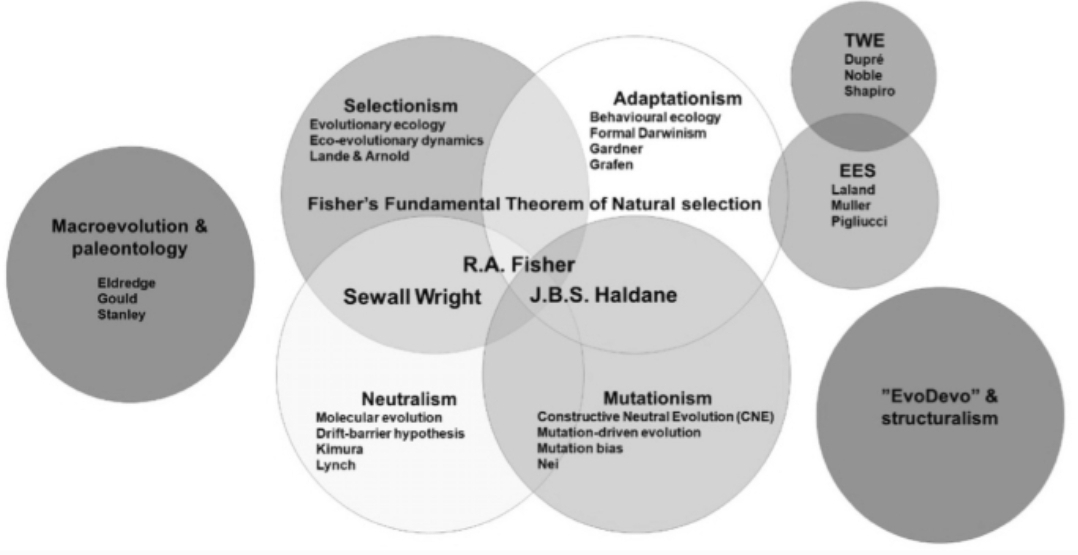Challenging the Modern Synthesis' Gene-Centered View
The article by Jablonka and Lamb critiques the Modern Synthesis, a dominant 20th-century theory in evolutionary biology that merged Darwinian evolution with Mendelian genetics. The Modern Synthesis placed genes at the center stage, crediting them as the sole carriers of heritable traits. Jablonka and Lamb argue that this gene-centered view overlooks the influence of other inheritance systems on evolution.
Introducing Alternative Inheritance Systems
The authors delve into various inheritance systems beyond genes, including:
Epigenetics: This refers to modifications on genes that affect gene expression without altering the DNA sequence itself. These modifications can be passed down to offspring, influencing their traits. For instance, maternal nutrition can epigenetically influence offspring development.
Behavioral Inheritance: Learned behaviors can be socially transmitted across generations, impacting the survival and reproduction of organisms. An example is birds inheriting migration patterns from their parents.
Symbolic Inheritance: This involves the transmission of cultural knowledge and practices through language, tools, or rituals. Cultural traditions can significantly influence the behavior and adaptation of populations. Consider the use of tools by chimpanzees.
By highlighting these alternative inheritance systems, Jablonka and Lamb argue that they can significantly influence phenotypes (observable traits) and contribute to evolutionary change.
Rethinking Evolutionary Concepts in Light of the EES
The article emphasizes that recognizing these broader inheritance systems necessitates a revision or replacement of core evolutionary concepts. Natural selection, for instance, traditionally focuses on the selection of genes that enhance fitness (the ability of an organism to survive and reproduce). However, with multiple inheritance systems, selection can act on the traits themselves, even if the underlying mechanisms are not purely genetic.
The Extended Evolutionary Synthesis: A More Inclusive View
Jablonka and Lamb's work in "Inheritance Systems and the Extended Evolutionary Synthesis" proposes a broader view of evolution, termed the Extended Evolutionary Synthesis (EES). The EES acknowledges the role of multiple inheritance systems and their interplay with the environment in shaping evolution. This challenges the gene-centered view of the Modern Synthesis and opens doors for a more nuanced understanding of how evolution unfolds.
The EES and Its Far-Reaching Implications
The EES has significant implications for various fields. For example, it can provide insights into the evolution of complex traits, where genes alone may not provide a sufficient explanation. Additionally, the EES can contribute to our understanding of social evolution and cultural change. By recognizing the role of behavioral and symbolic inheritance, the EES offers a more comprehensive framework for studying how populations adapt and evolve over time.
In conclusion, "Inheritance Systems and the Extended Evolutionary Synthesis" by Jablonka and Lamb presents a compelling challenge to Modern Synthesis and paves the way for a more inclusive understanding of evolution. By incorporating the concept of inheritance systems beyond genes, the EES offers a richer perspective on how life has diversified and continues to evolve on Earth.





Comments
Post a Comment